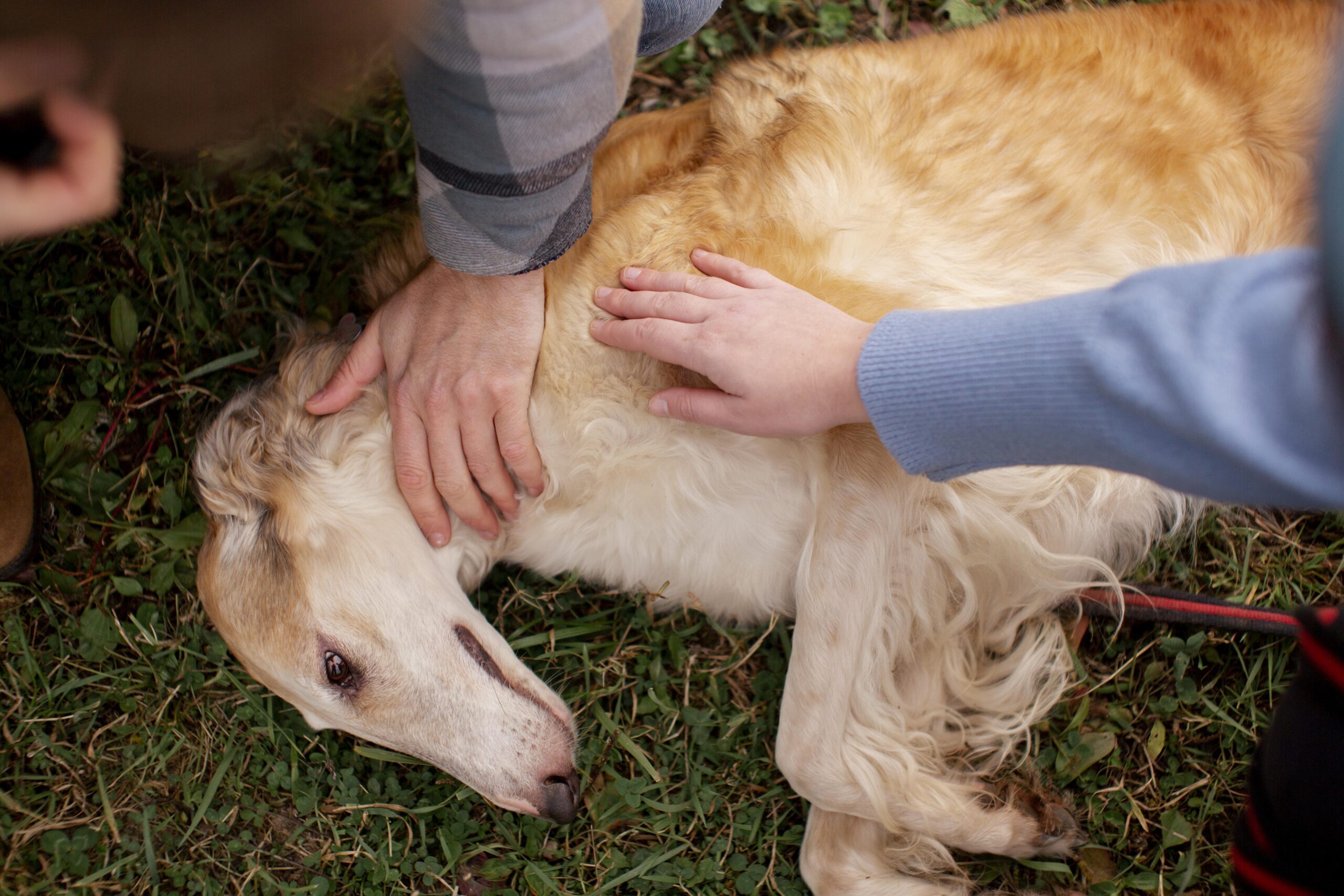Introduction
The vestibular system is a natural device in the brain that maintains balance in dogs. It comprises a sensory network connecting the brain with the inner ear. It helps a dog perceive its orientation, whether it is sitting, standing, falling, etc., enabling it to move its eyes and other body parts in balance.
When a dog suffers from vestibular disease, most pet owners start worrying about their pets as they are getting strokes or seizures. The sudden onset of symptoms is worrisome, especially for those who are not aware of this disease
Understanding Vestibular Disease
Any problem with a dog’s balancing system, the vestibular system, results in vestibular disease. The network of sensors that connect the inner ear to the brainstem maintains the dog’s balance and coordination. In addition, the vestibular cochlear nerve, which is the cranial nerve 8 passing near the inner ear, also contributes to the vestibular system and balance. This system allows the dogs to balance their posture while standing and walking without dizziness. If this system gets disturbed, the dog might feel that he is spinning. This disease sometimes affects dogs, but it is most commonly found in old dogs, which is why it is called old dog vestibular syndrome.
Types of Vestibular Disease
Technically there are two types of vestibular disease
A. Peripheral Vestibular Disease
– any disturbance in the peripheral vestibular system such as inner ear and vestibular cochlear nerve will cause peripheral vestibular disease. It covers causes such as ear infections, idiopathic origins, and symptoms like head tilt and nystagmus.
B. Central Vestibular Disease
The disruption in the brainstem, which connects the brain and spinal cord, leads to a range of symptoms, including severe ataxia and seizures. Damage to the brainstem can result from several factors, such as brain tumors and strokes.
Symptoms
Nystagmus (horizontal or vertical eye movement)
Head tilt
Circling Ataxia (falling, rolling, listing, leaning)
Facial paralysis
Eye lid paralaysis
Mentation is normal in peripheral vestibular disease and coma, depression appear in central vestibular disease

Causes and Risk Factors
A. Idiopathic Vestibular Disease
Idiopathic vestibular disease is prevalent among mature dogs aged over five years. Typically, it is a peripheral form of vestibular disease, and although the dogs’ cognitive abilities and behavior are normal, they exhibit symptoms such as nystagmus, facial paralysis, and head tilt. tilt.
B. Infections
– Inner ear infection, hypothyroidism, ricketsial and protozoal encephalitis,
C. Trauma
Head and ear injuries,
D. Tumors
Ear tumor, brain tumor,
E. Other Causes
Nasopharyngeal polyp, metronidazole toxicity, medications, and nutritional deficiencies.
Common presentation
Common complaints are head tilt, abnormal eye movement, and abnormal body movement. The dog is feeling nauseous and does vomit sometimes. Sometimes, in acute cases, the owner thinks that the dog is having a stroke when the dog presents a sudden loss of balance and coordination in the body.

Diagnosis
To properly diagnose, a list of steps could be made depending upon medical case
History, Physical exam
Complete blood work and serum biochemical analysis
Thyroid level check
Oral and Inner ear examination
Bulla Radiograph
CT scan
MRI
CSF analysis
Treatment and Management
Most idiopathic vestibular disease resolves independently with time usually in 2, 3 weeks. However, vestibular disease arising from some cause such as an inner ear infection or hypothyroidism, will need treatment for the resolution of clinical signs.
Nursing care
If the dog is having difficulty moving and lying most of the time on the floor, then keep monitoring the bed sores and secondary injuries. Therefore, it is essential to observe the skin and bathe or keep the skin clean.
Sufficent padding should be used to comfort the dog while lying.
Upright position should be maintained for nonambulatory dogs during feeding and drinking to avoid aspiration
A quiet and calm environment should be provided to reduce stress.
Prognosis
The prognosis of peripheral vestibular disease is usually good, and symptoms will resolve on their own after some time. However , dogs with central vestibular disease will be fair to guarded depending upon the condition causing central vestibular disease.
References
- Rossmeisl, J. H. (2010). Vestibular disease in dogs and cats. Veterinary Clinics: Small Animal Practice, 40(1), 81-100.
- Kent, M., Platt, S. R., & Schatzberg, S. J. (2010). The neurology of balance: function and dysfunction of the vestibular system in dogs and cats. The Veterinary Journal, 185(3), 247-258.
- Bongartz, U., Nessler, J., Maiolini, A., Stein, V. M., Tipold, A., & Bathen‐Nöthen, A. (2020). Vestibular disease in dogs: association between neurological examination, MRI lesion localisation and outcome. journal of small animal practice, 61(1), 57-63.
- Higgins, M. A., Rossmeisl Jr, J. H., & Panciera, D. L. (2006). Hypothyroid‐associated central vestibular disease in 10 dogs: 1999–2005. Journal of veterinary internal medicine, 20(6), 1363-1369.





